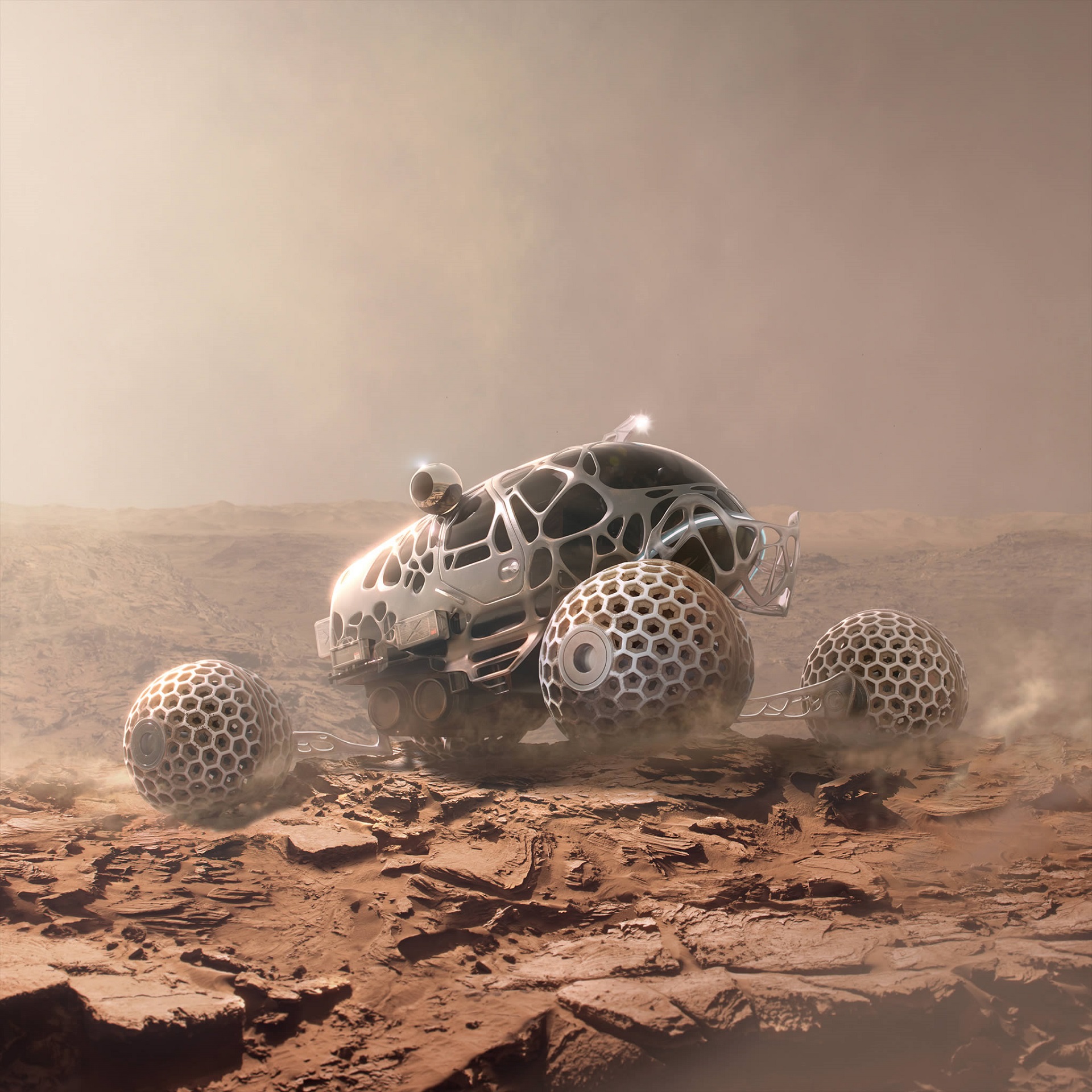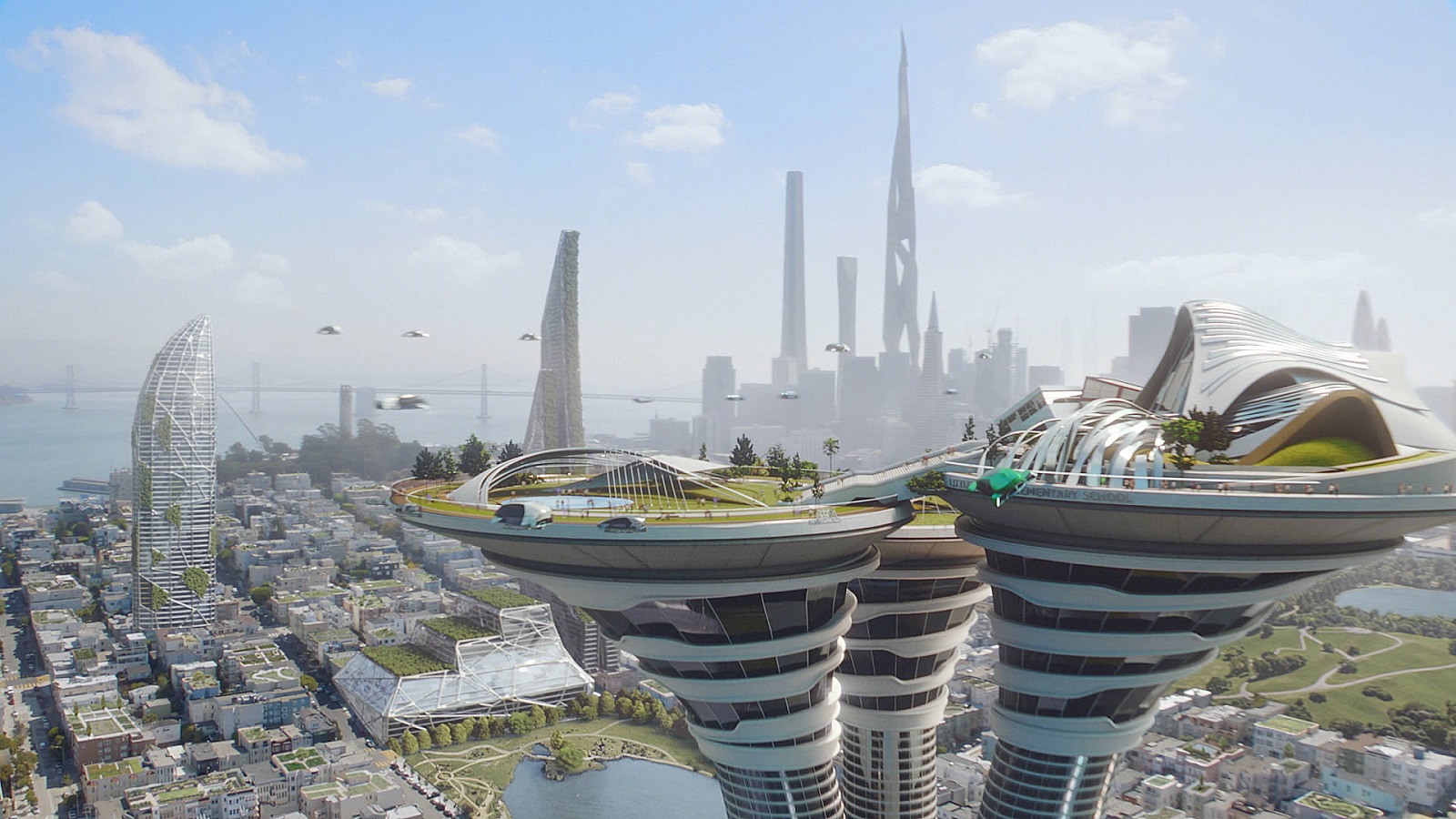Have you ever wondered about how cool it will be if we could live in the word of the popular American animated sitcom “The Jetsons“? Produced by Hanna-Barbera, the show aired in 1962, but the plot and all the action in the cartoon were set 100 years in the future.
As it sometimes goes with these kinds of sci-fi stories – some of them can predict the future really well. And that’s exactly what happened in The Jetsons cartoon: 3D printing, tablets, holograms, smart watches, and other strange inventions functioned as normal accessories back in the show from 1960s, and are nowadays slowly becoming a reality.
Also, as the today’s world reaches new technological progress and with Earth’s population hitting its limits, a question arises: Do we follow the futuristic utopia of the show with raising our homes and businesses high above the ground on adjustable columns, or do we introduce flying cars too?
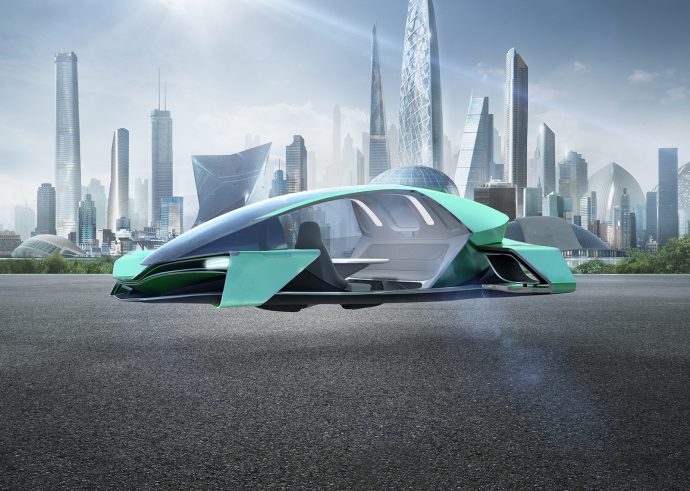
While it can be hard for some of these ideas to become reality, engineers from the global technology, engineering and manufacturing company, Arconic, are looking forward to bring the world of “The Jetsons” family to real life; with even Arconic’s new campaign being named after the classic cartoon and directed by filmmaker Justin Lin, who is well known for films such as Fast & Furious 6 and Star Trek Beyond.
With these futuristic ideas in mind, the company’s engineers imagined a 3D printed, three-mile-high air-purifying skyscraper, which is going to be made from ‘futuristic’ materials that are either in process to be manufactured, or are already available on the market. Thomas Frey, Senior Futurist at DaVinci Institute says: “Once we are able to 3D print a wall, we no longer have the need for flat walls. We will have a lot of free form structures that are unlike anything that we have today.”
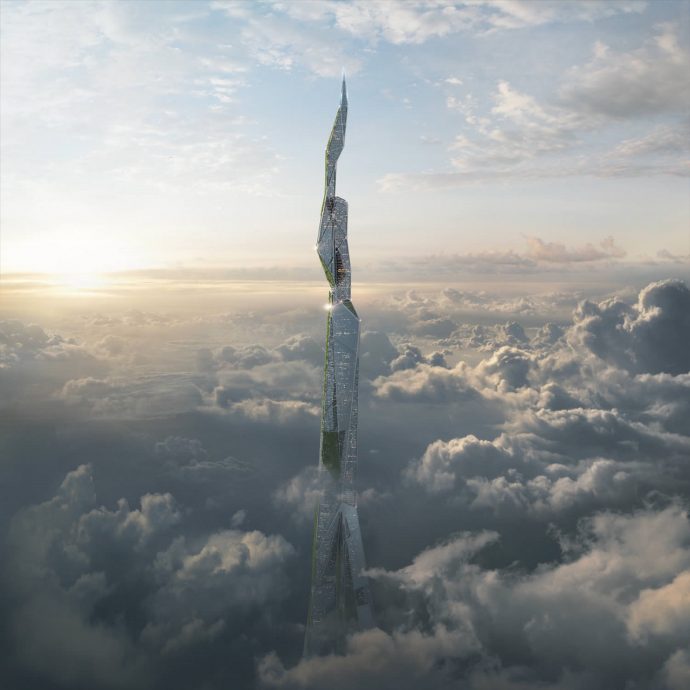
One of the company’s most important project is covered with a titanium dioxide coating, EcoClean, an innovative aspect that does not only keep the building clean, but also clears the surrounding environment, working as an air purifier: “The functional coating provides aesthetics, it provides maintenance benefits, and it also provides a benefit to the surrounding environment by reducing the content of pollutants around it,” Arconic’s Chief Materials Scientist, Sherri McCleary told Business Insider.
As for other innovations, the company has already come up with a window feature which could be a part of the skyscraper project: The Bloomframe. It is essentially a window that can convert itself into an all-glass balcony in less than 60 seconds.
Inspired by nature and incorporating large green areas, these self-sufficient buildings will be described as organic shapes, and won’t have a typical box design of modern skyscrapers. Using high-tech processes, Arconic will also handle society’s demands regarding safety against natural disasters.
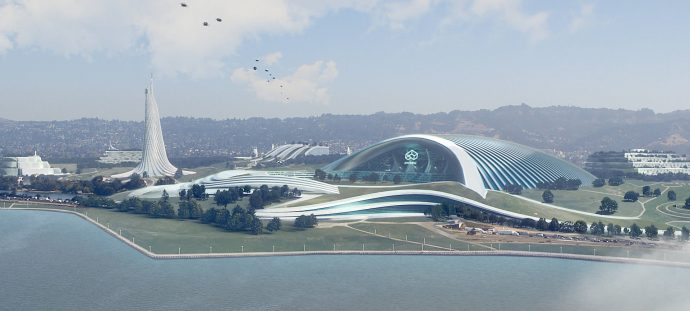
Besides these futuristic ideas, the inventive engineers presented us with other (a bit more) unrealistic concepts, including flying cars with a body shape that is “patterned after nature, with smooth curves and features that mimic organic forms, helping reduce drag” and made of titanium-aluminide components which are 50% lighter than the usual materials. For this purpose, the company developed the Arconic A951 technology, an organic and environmentally friendly surface treatment that can provide better performance and fuel efficiency in tomorrow’s cars. As for the future of air travel, airplanes will have a nature-inspired aerodynamic surface as well, which will allow it to slide through air.
The company reflects on space exploration and wants to develop solar-powered propulsion for the Mars Rover Prototype, thinking of a dynamic thermal barrier that would change the insulation characteristics of the chassis when the external environment changes. According to Arconic, we will succeed to 3D print some of the necessary equipment and components on Mars, using minerals from its surface: “We would have to be able to utilize the materials and elements that are located on other planets,” says McCleary. And this would definitely bring us closer to the Jetsons’ world of 2062.
